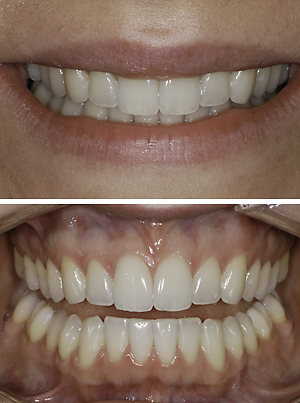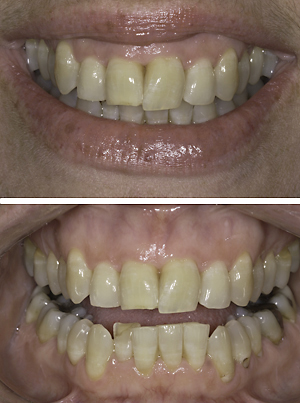Smile Design (Part 2)
“I have never really liked my smile. I’m not sure what could or even should be done. How do you figure that out?”
In the previous post “Smile Design (Part 1)”, I introduced the concept of “Smile Design”—purposefully planning, selecting, and coordinating dental procedures in order to craft specific desired esthetic results. Without this intentional discipline, arbitrary cosmetic dental treatment might not meet your expected goals.
Who is to say what a “perfect” smile actually is? While it may seem pretty subjective, there is no question that as a society we notice how others respond to what they see. We can’t help but learn what is more accepted, popular, and attractive. Although “beauty is in the eye of the beholder”, eventually we form a predictable consensus of what beautiful is—even for smiles.
Recipe for an Ideal Smile
After comparing and analyzing smiles that virtually everyone agrees are dazzling, dentists have noticed a common list of features that repeatedly contributed to create esthetic impact. Let’s take a look at a few of them.
Other than gazing in the mirror, you’re probably not accustomed to staring close up at  anyone’s smile except our own. If you take a moment to check out the smile at the right, however, you’ll notice several essential principles of Smile Design. For example, the imaginary line that connects the edges and tips of the upper teeth forms a gentle curve that generally follows the arc of the lower lip. The lateral incisors (right next to the two central teeth) are just a little shorter—a sign of a “youthful” smile. The “esthetic zone” within the lips is filled mostly with the pleasant appearance of teeth. The visible gum tissue is limited to the small tips between the teeth.
anyone’s smile except our own. If you take a moment to check out the smile at the right, however, you’ll notice several essential principles of Smile Design. For example, the imaginary line that connects the edges and tips of the upper teeth forms a gentle curve that generally follows the arc of the lower lip. The lateral incisors (right next to the two central teeth) are just a little shorter—a sign of a “youthful” smile. The “esthetic zone” within the lips is filled mostly with the pleasant appearance of teeth. The visible gum tissue is limited to the small tips between the teeth.
We often use lip retractors to get a better analytic view of the teeth. In this retracted view (of the same person), we notice many foundations of good Smile Design. First and foremost, there is a pleasing symmetry in the contour, color and alignment of the teeth. They complement each other as a matching set. The sweep of the gumline around each tooth combines to establish an ideal frame for the arch. The width vs. height proportions of each tooth are pleasing and balanced—so that the two upper central teeth are subtly and slightly more prominent.
These are just a handful of the dozens of features I look for when I evaluate the appearance of a smile.
Leaving Something to Be Desired
Once you understand and recognize the Smile Design components in a great looking  smile, it is easy to see when they are missing. For comparison, let’s look at identical views for a different individual. The front smile reveals that the imaginary line that connects the upper teeth is irregular and leans down on the right side of the photograph. A continuous band of gum tissue is readily visible.
smile, it is easy to see when they are missing. For comparison, let’s look at identical views for a different individual. The front smile reveals that the imaginary line that connects the upper teeth is irregular and leans down on the right side of the photograph. A continuous band of gum tissue is readily visible.
Beyond gumline decay, failing fillings and severe tooth wear, the retracted view (of the same person) exposes asymmetry, darker tooth coloration, and crowded alignment. The irregular frame of gum tissue accentuates the haphazard proportions of the teeth—as though they are not a matching set at all.
So how does Smile Design utilized to transform a smile from “unattractive” to “stunning”? Join me in our next post, “Smile Design (Part 3)”, to find out.
Copyright © 2013 Stephen R. Snow, DDS

